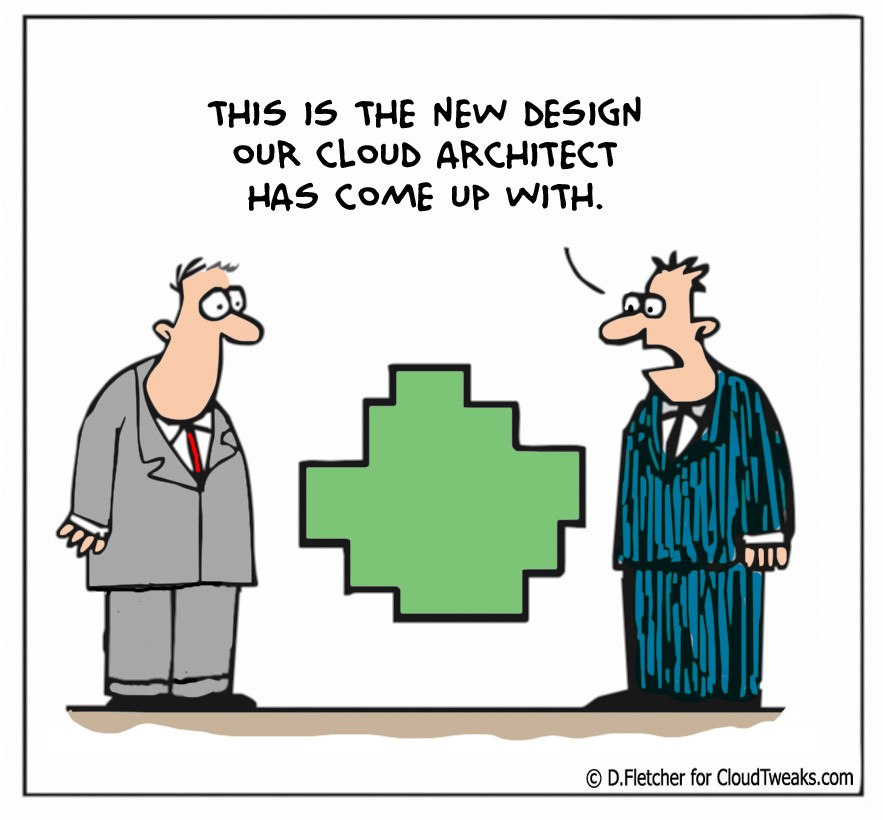If you have a processing task for your computer to undertake, like turning your 2D designs into 3D computer-generated renderings, then your computer’s CPU or GPU (or both) needs to do all the hard work. If the task is pretty big or difficult, then your computer will be tied up for a while as it works on your rendering. Cloud computing allows you to send your 2D design over the Internet to a room full of computers (a render farm), where they will do all the processing work for you. They then send back the finished 3D render.

The usefulness of cloud computing is not limited to 3D rendering. It is used for any type of computer processing. If you are making a computer game, you may like to have cloud computing do your compiling for you. If you are making a cartoon animation, then you may have cloud computing process your video for you.
Modern render farms are simply rooms full of servers, and they do all the processing, compiling, rendering and so forth. Cloud computing operates via the Internet, and since we have super-fast fiber-optic Internet, it is easier and quicker to upload a design over the Internet and then download the resultant product.
As a designer, your CPU is doing most of the work while you are using design software. When it is time to start rendering, the CPU can do the work, but a good GPU is usually faster. However, even if you have a very good computer, it is still going to take time to render your finished product. If you keep using your computer, then it will slow down the rendering process even more.
It is easier and more cost-effective to send your design off to a cloud computing company that will render out your design. You can have your designs sent back in bulk, or in a day, or you can buy services where you can download the finished product as soon as it is rendered. It all depends on the types of services you choose and the cloud computing companies you pick.
Before getting into the very obvious savings that cloud computing offers, remember that having somebody else process and render your designs is a big time saver. Typically, when an architectural design needs to be rendered, it ties up the computer (sometimes for hours) while the images and models are generated. This is especially true if you are creating models for manipulation and/or for VR and AR.
However, if you use cloud computing, you can send off your designs to be processed elsewhere, and jump straight back onto your computer to use whatever software you desire. There is no downtime.
This is also true if you are the sort of person who likes to keep checking their work with previews of the finished design. Instead of having to preview with very scaled-down (low res) previews, you can have full renders created using cloud computing.
Saving More Money
In the old days, you had to buy a room full of servers if you wanted to run an architectural design company. The designer would do all the work on the computers, and then the servers would process the finished product. This was very expensive both in terms of starting costs and maintenance costs.
These days, people can start architectural design companies in their bedrooms because they can outsource the rendering process. Instead of buying servers, companies can outsource the rendering process, and many cloud computing companies offer rendering on a Pay-As-You-Go subscription, which means you are not paying for services you are not using. Plus, as mentioned earlier about efficiency, designers can run their designs through the rendering farm and take quick looks and previews of their work so that they may hone and perfect their designs before finalizing the design.
By Gary Bernstein





